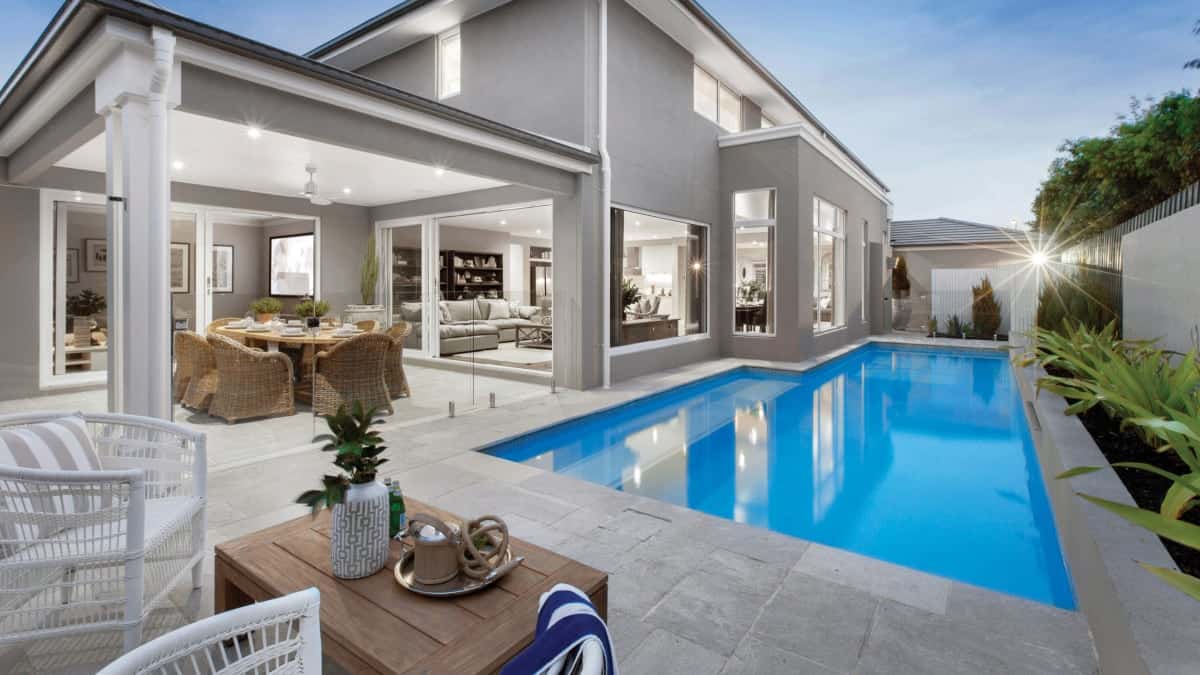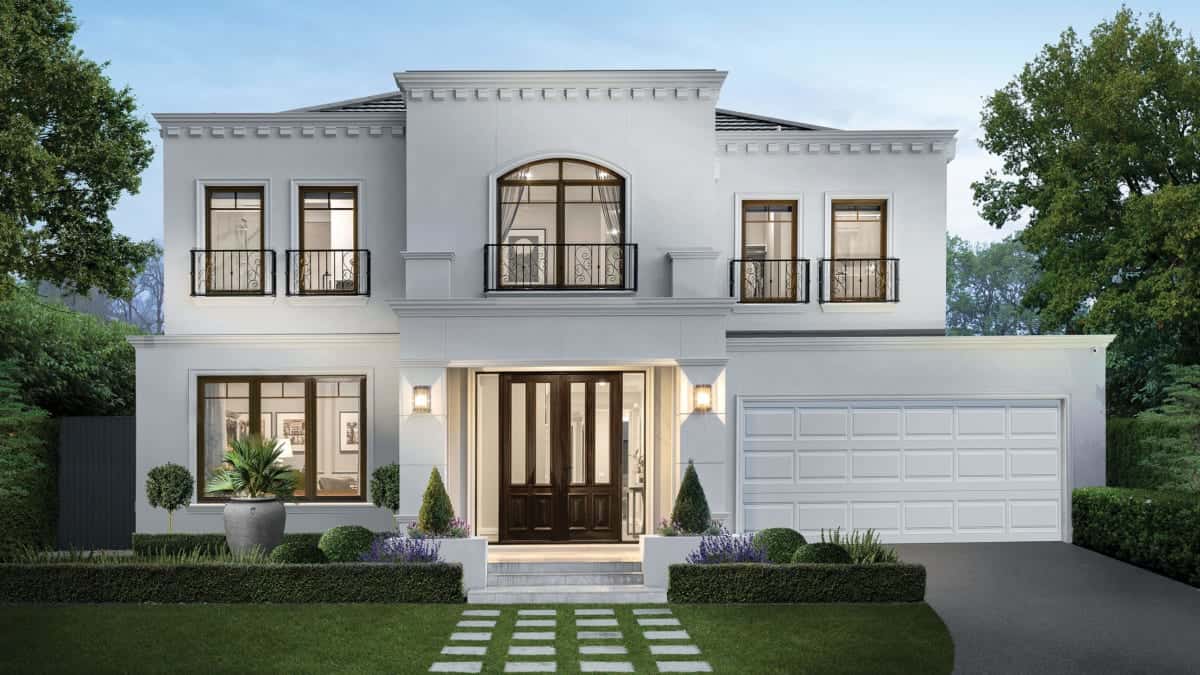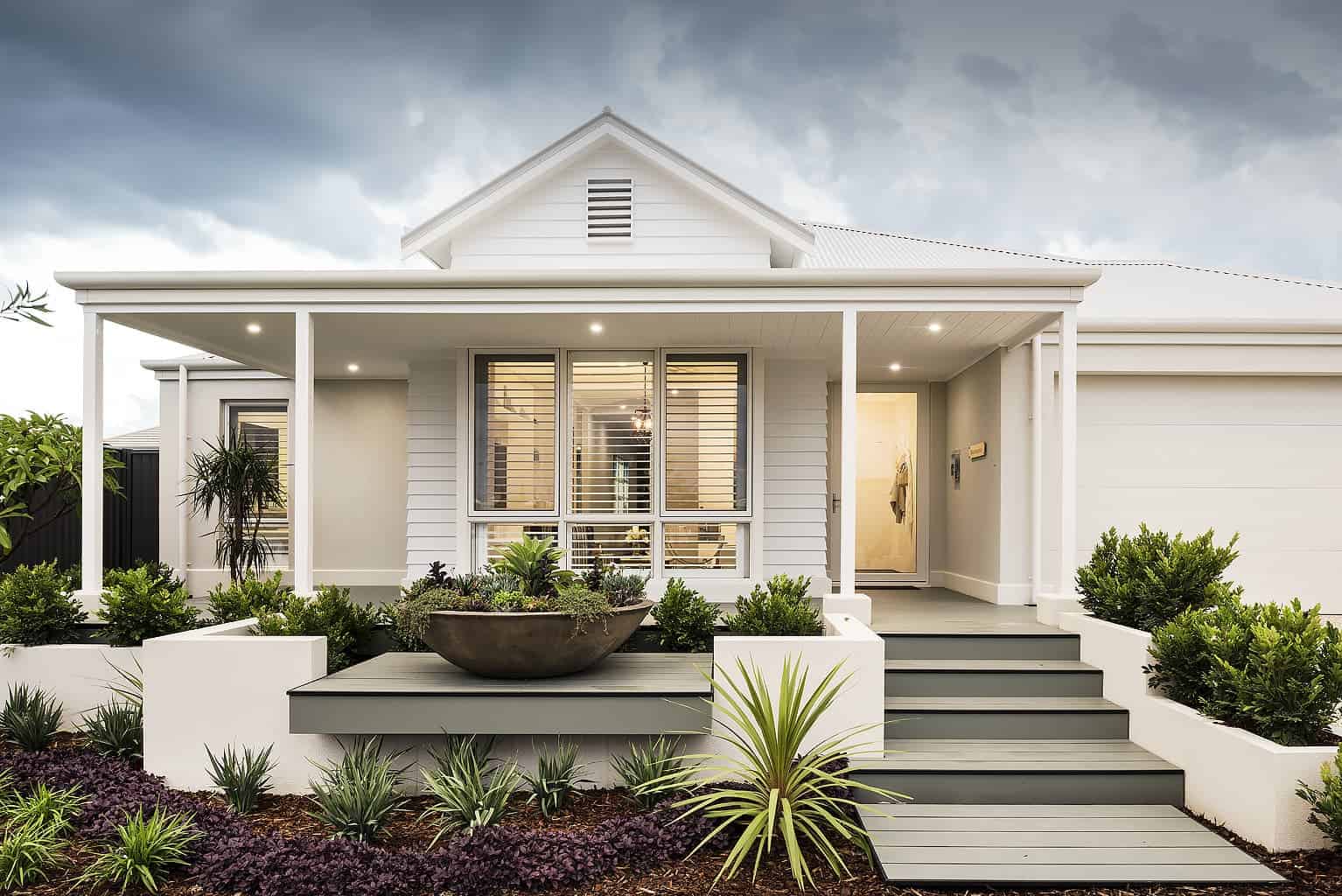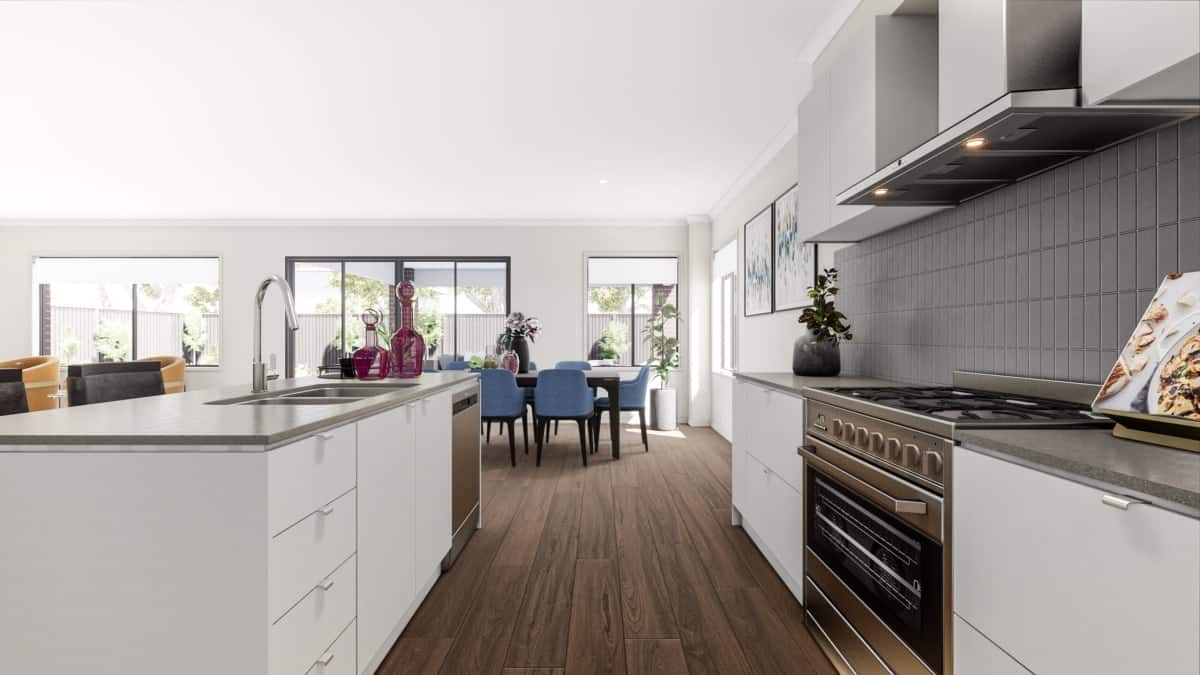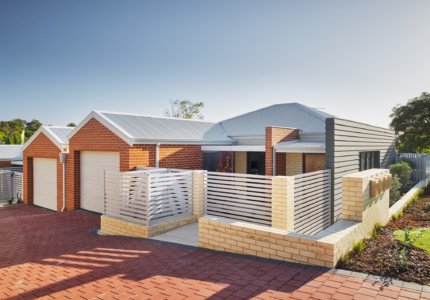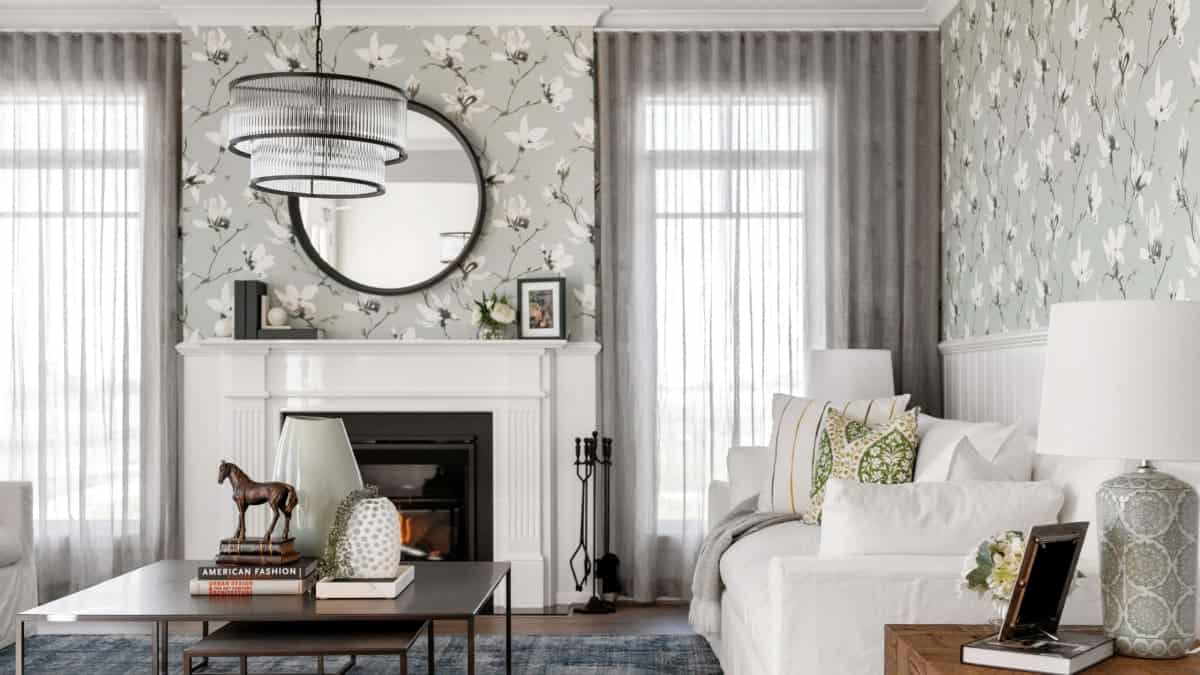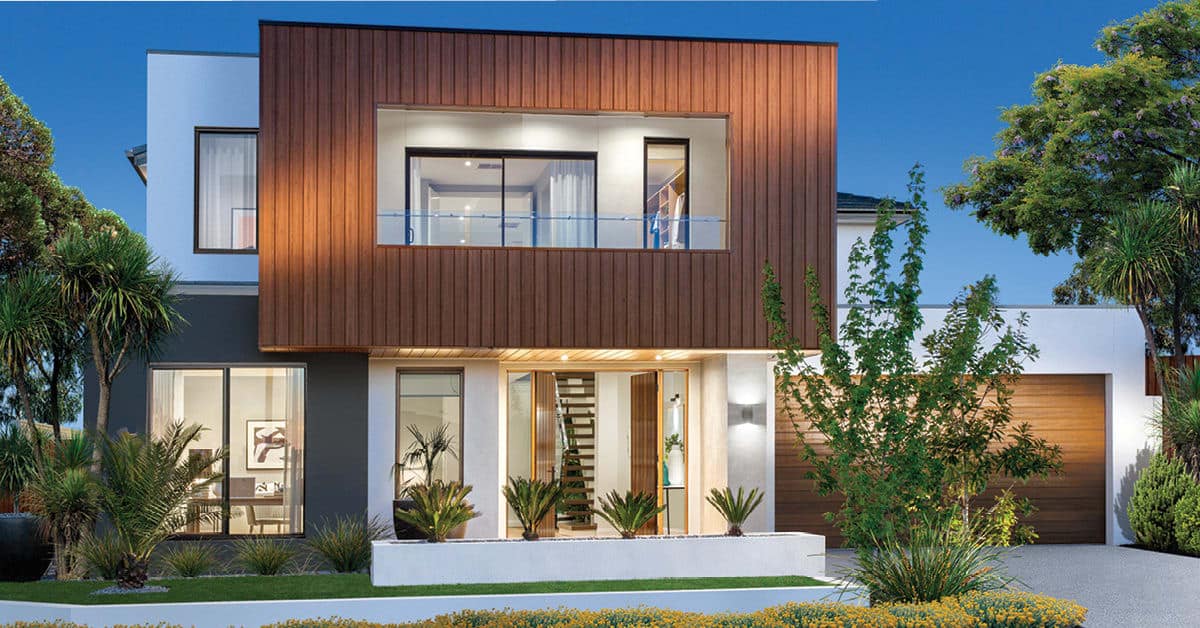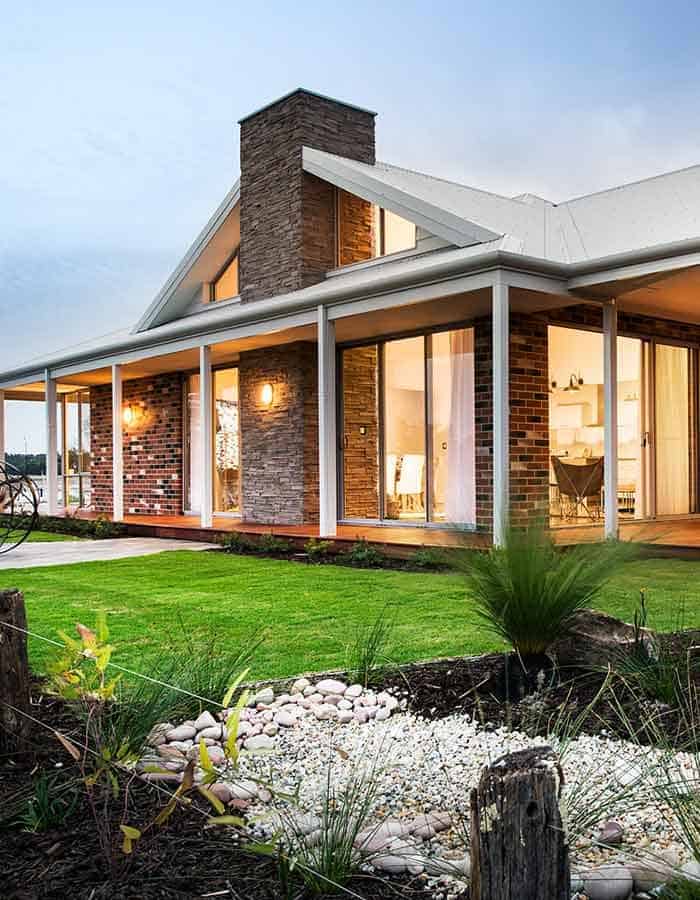Types of Home Construction: Pros and Cons
Drop a Line if you have a Question!
Are you considering building a new home?
Before you jump into the construction process, it’s important to understand the different types of home construction available. In this article, we will discuss the pros and cons of traditional construction, modular construction, prefabricated construction, timber frame construction, and concrete construction.
By the end, you’ll have a better understanding of which type of construction is best suited for your needs.
Let’s dive in!
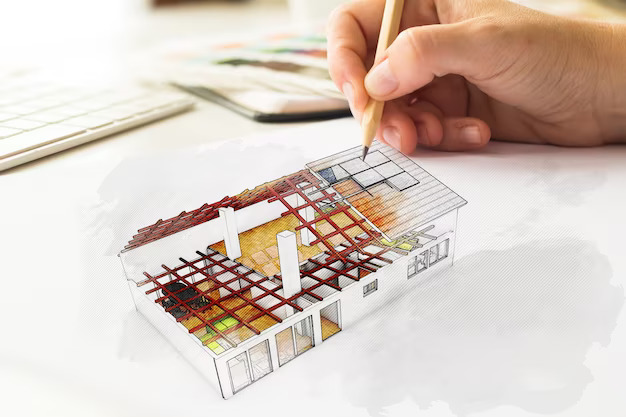
Traditional Construction: Pros and Cons
Traditional construction offers the benefit of using tried and tested building methods. You can rely on established techniques and materials that have been used for years, giving you confidence in the structural integrity and durability of your home. However, this method typically requires more time to complete. Traditional construction involves multiple stages, such as foundation work, framing, electrical and plumbing installation, and finishing touches. Each stage takes time to complete, resulting in longer wait times before you can move into your new home. Despite this drawback, traditional construction remains popular due to its reliability and timeless appeal.
Modular Construction: Pros and Cons
When it comes to modular construction, you’ll find that it offers numerous advantages and disadvantages.
One major advantage is the speed of construction. With modular construction, the modules are built simultaneously in a factory while site preparation is underway. This allows for a faster construction process compared to traditional methods.
Additionally, modular construction offers better cost control. Since the modules are built in a controlled environment, there are fewer chances of delays and cost overruns.
Moreover, modular construction is more environmentally friendly. The materials used in the modules are often recycled and the construction process generates less waste.
On the downside, modular construction may limit design flexibility, as modules are typically predetermined sizes and shapes. Additionally, transportation costs can be high, especially for distant locations.
However, considering the numerous advantages, modular construction is becoming an increasingly popular choice in the construction industry.
Prefabricated Construction: Pros and Cons
If you’re considering prefabricated construction, you’ll discover that it offers a range of benefits and drawbacks.
On the positive side, prefabricated construction is known for its speed and efficiency. The components of the building are manufactured off-site and then transported to the construction site, which can significantly reduce the overall construction time.
Additionally, prefabricated construction is often more cost-effective than traditional construction methods. The streamlined manufacturing process allows for better cost control and reduced labor expenses.
Moreover, prefabricated buildings are highly customizable, allowing you to choose from a variety of designs and finishes.
However, there are also some drawbacks to consider. The transportation of the prefabricated components can be complex and expensive, especially for large or remote locations. Additionally, the customization options may be limited compared to traditional construction methods.
It’s important to weigh these pros and cons before making a decision.
Timber Frame Construction: Pros and Cons
The transportation of timber frame components can be more cost-effective and efficient than other construction methods.
With timber frame construction, the components are typically prefabricated off-site, allowing for easier transportation to the construction site. This means that the construction process can be streamlined, saving time and money.
Additionally, timber frame components are lightweight, making them easier to transport compared to other building materials. This can result in reduced fuel costs and less wear and tear on vehicles.
Furthermore, timber frame construction allows for flexibility in design, as the components can be easily modified or replaced if needed.
Overall, the transportation aspect of timber frame construction offers numerous advantages, making it an attractive option for many builders and homeowners.
Concrete Construction: Pros and Cons
Concrete construction offers a durable and long-lasting option for your building project. With its strength and stability, concrete is an excellent choice for both residential and commercial buildings. You can rely on concrete to withstand the test of time, as it has a lifespan of up to 100 years.
It also provides excellent fire resistance and is not susceptible to rot or insect damage. In addition to its durability, concrete offers versatility in design. It can be molded into various shapes and sizes, allowing for creative architectural features.
Moreover, concrete construction is energy-efficient, as it retains heat in colder months and stays cool in warmer climates. So, whether you’re constructing a home or an office building, concrete is a reliable and practical choice for your construction project.
Conclusion
So there you have it, a rundown of the various types of home construction and their pros and cons.
Whether you opt for traditional, modular, prefabricated, timber frame, or concrete construction, each method has its own advantages and disadvantages.
It ultimately comes down to your personal preferences, budget, and timeline. Consider the durability, cost, energy efficiency, and customization options of each method before making a decision.
Remember, your home is a long-term investment, so choose wisely and weigh the pros and cons carefully.
Good luck with your home construction project!

Have a question?
Become a



